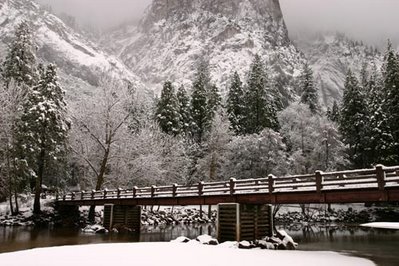Anyone who's seen "Who Wants To Be A Millionaire" knows the gist of what the technology allows one to do. On the show, clickers are used whenever a contestant "asks the audience." And who could forget this instant classic of polling-gone-wrong?
Clickers have been used in introductory physics courses at colleges and universities for over a decade. Their use in large lecture sections allows a level of interactivity not previously possible. The instructor poses a multiple choice, "clicker question," and the 200+ students click their response. A receiver tallies the votes and sends the information to the instructors computer. After a given interval of time, the polling is closed and the result is displayed.
Students get a chance to test-drive the new material presented by the instructor. The instructor get instant feedback on how well the new material is being absorbed. This kind of interactivity is gold in the lecture hall. Book publishers are bundling clickers with textbooks. Universities are looking to standardize clickers campus-wide. And so on.
An important benefit of clickers is that they allow students to vote anonymously. "Low-tech" polling can be done by calling for a show of hands for each possible answer. Not only are students reluctant to reveal their preference for a potentially wrong answer, many simply focus in on the "smart kid" and raise their hands when he or she does.
It seemed to me that this technology could be put to use in the high school classroom, too. So I attended AAPT meeting sessions over the years to become conversant in clicker pedagogy. And this year I researched the several vendors and varieties of clickers on the market, and wrote a funding proposal. The school decided the proposal merited funding. In late January, the clickers arrived. I put them to use within hours of unpacking them.
Of the many vendors and varieties of clickers on the market, I went with i·clicker. The i·clicker solution in not tied to a particular piece of software: some clickers are tied to Microsoft PowerPoint or thier own proprietary software. With i·clicker, the voting software "floats" above whatever program you present with. I'm a huge fan of Apple's Keynote, so it was important that voting software not cramp my style or require a major rework of my existing instructional presentations. I think there are some clicker systems still out there that are not Macintosh-compatible. Unacceptable.
As you might imagine, students love the clickers. They like voting for their answer when a question comes up. And they're always eager to see the results of the poll. I've been able to modify instruction on-the-spot in response to clicker questions asked in class.
The cost to turn my classroom into a polling place was roughly $1400. For that we got 40 clickers, a base station, two instructors' clickers, and the software. If I use them only this year, the cost is about $10 per student. If I use them for 10 years, it's $1 per student. College students pay at least $25 for an i·clicker (other clickers are generally more expensive).
This technology does not shatter the earth, nor is it The Savior of Education. I'm still learning how to maximize its efficacy in the classroom. But it is appealing and engaging. (If I didn't think students and administrators were reading this, I'd say the clickers were "sexy.")
And so far, so good.

